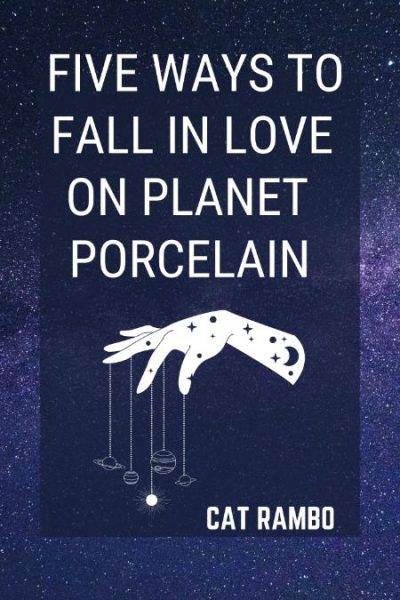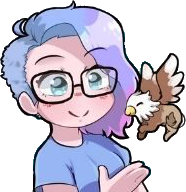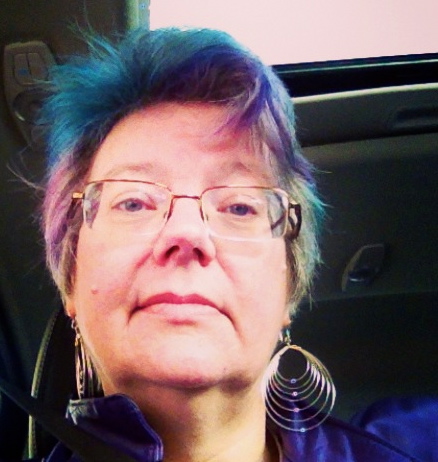 One of my projects this year has been fleshing out the on-demand version of the live class I teach, “Hex Engines & Spell-Slingers: Writing Steampunk and Weird Western.” I recently finished up the project and wanted to share some of the results.
One of my projects this year has been fleshing out the on-demand version of the live class I teach, “Hex Engines & Spell-Slingers: Writing Steampunk and Weird Western.” I recently finished up the project and wanted to share some of the results.
Here’s the sections and the suggested reading lists.
Problematic aspects can — and often do — appear when working with the steampunk genre, primarily because of the typical setting of the Victorian era. One thing you want to remember about the Victorian era is that during this time the British Empire is exactly that – it’s an empire. At this time the British Empire is working to control the territory it already has and expand into the territory it does not yet control. It has a lot of colonies, and many explorers who want to find new lands to add to those colonies. England’s not alone in this. Many of the explorers being sent out are bent on conquering in some way. Coupled with that is the fact that the lands they are entering are in fact not uninhabited, but are often occupied by civilizations older than England’s.
Looking at the history of this time period, brutal stories are told over and over again – there’s a lot of economic oppression and sometimes the removal of legitimate governments. So when you write in this era, you will want to consider issues of colonialism (control of dependent countries) and imperialism (the policy of expanding an empire through the establishment of colonies and conquering other countries). It is important to remember that for many people, especially those who are “othered” in some way, the Victorian era is not a pleasant one. It is an era of tremendous racial discrimination and attempts to legitimize that discrimination in any way possible. One in which white women are struggling to get the right to vote, homosexuality is illegal, and society in general is incredibly repressive to the point where furniture legs are covered to avoid their suggestive nature. You will also want to think about how industrialization affects the poor. London fog for example doesn’t have to with the weather, but rather all the factories that are churning out coal smoke.
Representation and diversity has not been steampunk’s strengths in the past. Today more and more writers are trying to change this and writing steampunk stories featuring characters who are people of color and using them very effectively to confront a lot of these issues.
Supplemental Resources
Essays:
- The Inevitably of Imperialism: On Kyriarchy and How It Factors into Steampunk
- Steampunk is Apparently Afraid of History
- Wiscon Thoughts: Politics of Steampunk
- Before Straight and Gay: The discreet, disorienting passions of the Victorian era
- The Victorian Muslims of Britain
- 45 Buttoned-Up Facts About The Victorian Era
Websites:
Fiction:
- Maurice Broaddus, Buffalo Soldier
- Milton J. Davis, Steamfunk!
- Jaymee Goh, The Sea is Ours
- Justina Ireland, Dread Nation
- Karin Lowachee, The Gaslight Dogs
- Dominic Parisen, Clockwork Canada
- Nisi Shawl, Everfair
- JoSelle Vanderhooft, Steam-Powered: Lesbian Steampunk Stories
When it comes to problematic history, steampunk isn’t alone. Weird Western also has its own issues. Just as Victorian England had an imperialistic approach to the world, the western expansion of the United States into the already inhabited territory of the “Wild West” was accompanied by its fair share of atrocities. Native Americans were displaced and often killed, and their land given to white settlers.
The latter half of the 19th century is marked by the American Indian wars – constant battles, massacres, and overall brutal savagery on the part of the settlers expanding into the frontier. Reading the history of this time period is both intensely saddening and informative as well as something you will want to have a working knowledge of if you are writing Weird Western.
One thing I suggest doing when you are writing Weird Western is to figure out the actual date of the story. Since you are writing alternative history, it may be slightly different, but chances are these wars will be going on unless you have compensated for them in some way. And in turn, those events will be having an influence in the world you are creating.
One of the big issues we have when writing Weird Western and dealing with the Wild West in general is we have an impression that has been supplied by the mainstream media, particularly Hollywood. This version has been incredibly whitewashed compared to historical reality. Despite what we see in movies and television, the first cowboys weren’t early John Wayne prototypes, but actually Hispanic vaqueros, who spread northward from Mexico into the United States (as well as south into Argentina).
Many Hispanic cowboys in the Wild West were ones who chose to remain in the United States at the end of the Mexican-American War in 1848, when the land they were living in, which had previously belonged to Mexico, became the American territory of California. They soon discovered that the citizenship they had been granted didn’t protect their land from white settlers. At the same time laws were passed that were intended to discourage them, such as laws preventing traditional celebrations on Sundays for being “too loud” and other laws known as “greaser laws” which permitted the police to arrest and imprison Mexican Americans on vagrancy charges if they were unemployed.
Something that has been usually overlooked in media depictions of the Wild West was that one in four cowboys were black. In fact, the historical inspiration for the Lone Ranger was a fascinating man named Bass Reeves – a former slave who was a U.S. Marshall for 32 years. In 1860 1/3 of the population of Texas were slaves that had been brought by settlers to Texas to maintain their herds and ranches.
Another group that gets introduced to the American West to serve as labor are the Chinese, who are brought to America and the west not just to work on the railroads, but also in the gold mines. In fact in the latter half of the 19th century, most of the larger towns contained a “Chinatown.” There was a very pronounced gender imbalance in these communities, which contained less than 5% women. Once again, much like the Hispanic population in California, as the Chinese population grew, laws were passed to limit them, such as the Chinese Exclusion Act of 1882, which restricted immigration from China for 10 years.
All sorts of diverse and interesting figures abound in the real life stories of this time period. Some of these are also women passing for men, or else carving out their own space, like Calamity Jane or Belle Starr. When you are writing your Weird Western stories, don’t write just a version of that generic Hollywood vision, but instead use the fact that the Wild West was far more diverse, complex, and interesting to give your writing those qualities as well.
Supplemental Resources
- Indian War timeline
- American-Indian Wars
- The Scalp Industry:
- Hispanic Gunfighters of the Old West:
- How We Know the America Cowboy is a Latino Invention
- The History of the Vaquero
- Historians Clash Over Less-romantic View of Old West
- Black Outlaws, Cowboys, and Lawmen of the Old Wild West
- The Lesser Known History of African-American Cowboys
- The Other Pioneers: African-Americans on the Frontier
- 10 African-American Cowboys Who Shaped the Old West
- Chinese Immigrants on America’s Western Frontier
- Where East Met (Wild) West
- Why the New MAGNIFICENT SEVEN has an Asian Cowboy
- Chinese immigrants and Mexican Americans in the age of westward expansion
- Women and the Myth of the American West
- The Chinese Exclusion Act
- Land Loss in California
- Early US Race Laws Designed to Protect White Employment
What to check out the full version of the class? You can find it here. Or if you’d prefer the live version, here’s details for that.





 A few days ago, I implemented
A few days ago, I implemented 

